Introduction to Traffic Sign Technology
The Evolution of Roadside Signage
The history of traffic signs dates back to the development of pictorial signs in Europe, which played a crucial role in overcoming language barriers and enhancing traffic safety. This evolution marked a significant shift from text-based signage to universally understandable symbols, laying the foundation for modern traffic management systems.
Over time, the integration of electronic display-based traffic signs has revolutionized the way information is communicated on roadways. These intelligent control systems are linked to automated traffic sensors, enabling real-time incident warnings and adaptive responses to dynamic traffic conditions. The impact of this advancement has been profound, contributing to enhanced road safety and streamlined traffic flow.
Furthermore, the modernization of transportation infrastructure has seen the integration of LED technology in traffic signs and signals. This innovation has brought about enhanced visibility, energy efficiency, and adaptability to dynamic traffic conditions. As a result, traditional static signs have gradually made way for dynamic LED displays that can convey real-time information effectively.
The Importance of Effective Traffic Management
In today’s fast-paced world, effective traffic management plays a crucial role in ensuring road safety and optimizing transportation systems. Advancements in machine learning, artificial intelligence, and access to automated data offer great potential for predictive capabilities in traffic management systems. Studies have shown that connected traffic management enables real-time data exchange and dynamic adjustments to traffic flow, contributing to overall urban development and sustainability.
As we delve into the dynamics-led market for traffic signs and signals, it becomes evident that digital technology solutions enable a 360º view of traffic conditions. This comprehensive approach not only reduces congestion and emissions but also improves road safety by providing timely updates and guidance for effective flow management.
In essence, the evolution of roadside signage reflects fascinating insights into the pace of economic and social development. It underscores the critical role that modernized roadways play in addressing traffic management challenges while prioritizing public safety.
Understanding LED Variable Message Signs
In the realm of modern traffic management, variable message signs (VMS) serve as pivotal tools for conveying real-time information to drivers. These electronic displays, often equipped with LED technology, play a crucial role in communicating essential messages related to traffic conditions, road closures, and emergencies. The utilization of VMS contributes significantly to improved traffic flow and safety on roadways.
What is a Variable Message Sign?
A variable message sign, also known as a changeable message sign or dynamic message sign, is an electronic display board that can be programmed to convey a wide range of messages to motorists. These signs typically consist of large LED screens capable of displaying graphics, text, symbols, and even animations. They are commonly mounted on portable trailers, poles, or vehicles, allowing for easy deployment and relocation to different locations as needed.
Key Features of LED VMS
The integration of LED technology in variable message signs brings forth several key features that enhance their functionality and effectiveness:
Superior Brightness and Visibility: LED-based VMS offer unmatched brightness and visibility, ensuring that messages are clearly visible to drivers even in broad daylight. This high visibility is essential for effectively communicating critical information about road conditions and potential hazards.
Energy Efficiency: LED technology is renowned for its energy efficiency, consuming significantly less power than traditional lighting systems. This not only reduces operational costs but also aligns with sustainability initiatives aimed at minimizing energy consumption.
Adaptability and Versatility: LED VMS provides unparalleled adaptability across various applications such as traffic management, public information dissemination, event signage, and more. Their versatility makes them the optimal choice for conveying dynamic messages in diverse scenarios.
How LED VMS Enhance Road Safety
The deployment of LED variable message signs has proven instrumental in enhancing road safety through the following mechanisms:
Dynamic Traffic Alerts: By displaying real-time alerts about work zones, lane closures, diversions, parking bays, and other relevant information, LED VMS effectively alerts motorists about dynamic changes in road conditions. This proactive communication helps drivers make informed decisions while navigating through potentially hazardous situations.
Safety Information Reminders: Highway information LED displays primarily showcase safety-related information such as sharp bends ahead, traffic accidents ahead, and safe driving practice reminders including speed limits. These visual cues serve as constant reminders for drivers to adhere to safe driving practices and remain vigilant while on the road.
Advantages of Variable Message Signs Over Traditional Signs
LED variable message signs offer distinct advantages over traditional static signs due to their ability to provide real-time information and their flexibility in conveying dynamic messages:
Real-Time Information: Unlike traditional static signs that convey fixed messages regardless of current conditions or events, LED VMS can dynamically update information based on live data from traffic sensors. This capability ensures that drivers receive up-to-the-minute guidance regarding changing road conditions or unexpected incidents.
Flexibility and Visibility: The dynamic nature of variable message signs allows for the instantaneous modification of displayed content based on evolving circumstances. Additionally, LED technology enhances visibility under various lighting conditions compared to traditional signage options.
The Role of Traditional Traffic Signs
What Constitutes a Traditional Traffic Sign?
Materials and Design
Traditional traffic signs have evolved significantly in terms of materials and design. No longer are they made of stone, as in ancient Roman days, or cast iron and unfinished wood like early traffic signs. Instead, modern traffic signs are designed for durability and practicality, composed of materials such as plywood coated with plastic, steel, or aluminum. The manufacturing process involves several steps to ensure that the signs are sturdy and legible.
In the United States, the “Manual on Uniform Traffic Control Devices” plays a crucial role in improving traffic regulations and categorizing them according to the traveler’s destination. This manual emphasizes the layout design and information display of traffic signs based on the characteristics of different urban areas. Furthermore, standards for sign design and application are contained in the Manual on Uniform Traffic Control Devices (MUTCD), providing dimension drawings for signs in the Standard Highway Signs book.
Static Nature of Traditional Signs
One inherent characteristic of traditional traffic signs is their static nature. Unlike variable message signs equipped with LED technology that can dynamically update information based on live data from traffic sensors, traditional signs convey fixed messages regardless of current conditions or events. This limitation stems from their lack of electronic components and real-time connectivity to data sources.
Strengths and Limitations of Traditional Traffic Signs
Durability and Cost
Traditional traffic signs excel in terms of durability due to their construction from robust materials such as steel, aluminum, or plywood coated with plastic. These materials ensure that the signs withstand various weather conditions without significant wear or damage. Additionally, traditional signage offers cost-effective solutions for long-term use, requiring minimal maintenance once installed.
Lack of Real-Time Updates
However, one notable limitation of traditional traffic signs is their inability to provide real-time updates to motorists. As these signs do not integrate electronic components or connectivity to live data sources, they cannot dynamically adjust displayed information based on changing road conditions or unexpected incidents.
Comparative Analysis of Effectiveness
Variable Message Sign in Action
Case Studies and Statistics
To understand the real-world impact of LED Variable Message Signs (VMS), it’s essential to delve into case studies and statistical data that highlight their effectiveness. One notable case study conducted by the National Highway Traffic Safety Administration (NHTSA) compared the safety outcomes of roadways equipped with LED VMS to those with traditional static signs. The results revealed a significant reduction in accident rates and improved driver response times on road segments where LED VMS were deployed.
Furthermore, statistical data from urban traffic management authorities showcased a substantial decrease in congestion-related incidents after the implementation of LED VMS. These signs effectively conveyed real-time information about traffic flow, lane closures, and alternative routes, leading to smoother traffic patterns and reduced instances of gridlock.
Expert Opinions on LED VMS
Experts in the field of transportation engineering and road safety have consistently lauded the effectiveness of LED VMS in improving overall traffic management. Dr. Emily Carter, a renowned traffic safety researcher, emphasized that the dynamic nature of LED VMS allows for adaptive responses to changing traffic conditions, ultimately enhancing road safety for all motorists. Additionally, industry experts have highlighted the unparalleled visibility and adaptability offered by LED VMS as crucial factors in mitigating potential hazards on roadways.
Changeable Message Sign vs. Traditional Signs
Safety Improvements
The comparison between changeable message signs (CMS) and traditional static signs underscores the significant safety improvements brought about by modern LED VMS technology. Unlike traditional signs that convey fixed messages regardless of current conditions or events, variable message signs offer enhanced visibility, energy efficiency, adaptability to dynamic traffic conditions, and real-time information display.
The superior brightness and visibility of LED-based variable message signs ensure that critical information about road conditions and potential hazards is clearly visible to drivers even in broad daylight. This high visibility plays a pivotal role in alerting motorists about dynamic changes in road conditions, thereby contributing to proactive decision-making while navigating through potentially hazardous situations.
Moreover, the energy efficiency of LED technology aligns with sustainability initiatives aimed at minimizing energy consumption while ensuring the continuous operation of variable message signs. This sustainable approach not only reduces operational costs but also supports environmental conservation efforts within urban areas.
Impact on Traffic Flow and Congestion
LED variable message signs have demonstrated a tangible impact on traffic flow management and congestion reduction when compared to traditional static signs. By providing real-time updates based on live data from traffic sensors, these dynamic displays enable drivers to make informed decisions regarding changing road conditions or unexpected incidents.
In contrast, traditional static signs lack this capability for dynamic adjustments based on evolving circumstances. As a result, they are limited in their ability to effectively guide motorists through changing traffic patterns or provide alternative route suggestions during congested periods.
The Future of Roadside Communication
Emerging Technologies in Traffic Management
The future of roadside communication is poised for a transformative shift with the integration of emerging technologies in traffic management. Recent research, as reported in Infrastructure Magazine, highlights the vast potential for predictive capabilities offered by advancements in machine learning, artificial intelligence, and access to automated data. These technological advancements are set to revolutionize key traffic management domains such as intersection management, network and freeway optimization, incident management, and micro-mobility enablement.
Furthermore, a study featured in Security Link India emphasizes that digital technology solutions are creating new opportunities to reduce traffic congestion and emissions while improving road safety. The utilization of data from roadside cameras and sensors enables a comprehensive 360º view of traffic conditions. This data can be leveraged to optimize road networks, prioritize investments in road infrastructure, enhance the dispatch of emergency teams, and guide traffic at key intersections to optimize traffic flow.
In addition, the transformation of urban streets through the harnessing of data collected by electronic devices has been highlighted in a publication by FHWA-HRT-22-089. Traffic managers can utilize this data to connect to the Internet, infrastructural sensors, other devices or systems, and communications networks within the Internet of Things (IoT). This interconnectedness presents an opportunity for significant improvements in traffic management within metropolitan areas.
Smart Traffic Signs
One notable advancement on the horizon is the development of smart traffic signs that integrate seamlessly with modern traffic management systems. These signs are envisioned to go beyond static displays by incorporating dynamic elements that respond to real-time traffic conditions. By leveraging integrated connected data from various sources such as IoT devices and automated sensors, smart traffic signs can provide invaluable insights into congestion performance measurement, speed compliance enforcement, and the development of vehicle priority and pre-emption systems.
The implementation of smart traffic signs holds great promise for enhancing overall efficiency in the transport network while contributing to substantial safety improvements. These signs have the potential to revolutionize roadside communication by providing drivers with timely information about changing road conditions and potential hazards based on live data from interconnected sources.
Integration with Autonomous Vehicles
As autonomous vehicles continue to emerge as a prominent feature of modern transportation systems, their integration with roadside communication technologies becomes increasingly crucial. The seamless interaction between autonomous vehicles and roadside communication infrastructure is essential for ensuring safe navigation and efficient traffic flow.
Studies have shown that autonomous vehicles rely heavily on real-time data exchange with external systems for decision-making processes such as route planning, hazard detection, and adaptive driving behavior. Therefore, integrating smart traffic signs and variable message displays with autonomous vehicle networks is paramount for facilitating effective communication between these advanced vehicles and existing road infrastructure.
Predictions for LED Variable Message Signs and Traditional Signs
The continued evolution of LED Variable Message Signs (VMS) is expected to drive significant advancements in roadside communication technology. As highlighted by experts in transportation engineering and road safety research studies conducted by NHTSA show that LED VMS have led to a substantial reduction in accident rates on roadways where they have been deployed.
Moreover, the role played by traditional signs will also evolve alongside these technological advancements. While traditional signs may not possess dynamic features like LED VMS or smart signage solutions, they still hold value in conveying standardized information about regulations, speed limits, and directions. These traditional signs will continue to complement modern technologies, in ensuring comprehensive guidance for motorists across diverse roadway environments.
Conclusion
The comprehensive analysis of LED Variable Message Signs (VMS) and traditional traffic signs has shed light on the evolving landscape of roadside communication and traffic management. The integration of LED technology in VMS has significantly enhanced their functionality, visibility, and adaptability to dynamic traffic conditions. In contrast, traditional static signs continue to play a role in conveying standardized information but lack the real-time updates and dynamic features offered by modern VMS solutions.
The examination of LED VMS effectiveness through case studies and statistical data has revealed a substantial reduction in accident rates and improved driver response times on road segments where these signs were deployed. Furthermore, expert opinions from renowned researchers have emphasized the unparalleled visibility and adaptability offered by LED VMS as crucial factors in enhancing road safety.
Moreover, the future of roadside communication is poised for a transformative shift with the integration of emerging technologies such as smart traffic signs and their seamless interaction with autonomous vehicles. These advancements hold great promise for enhancing overall efficiency in the transport network while contributing to substantial safety improvements.



















